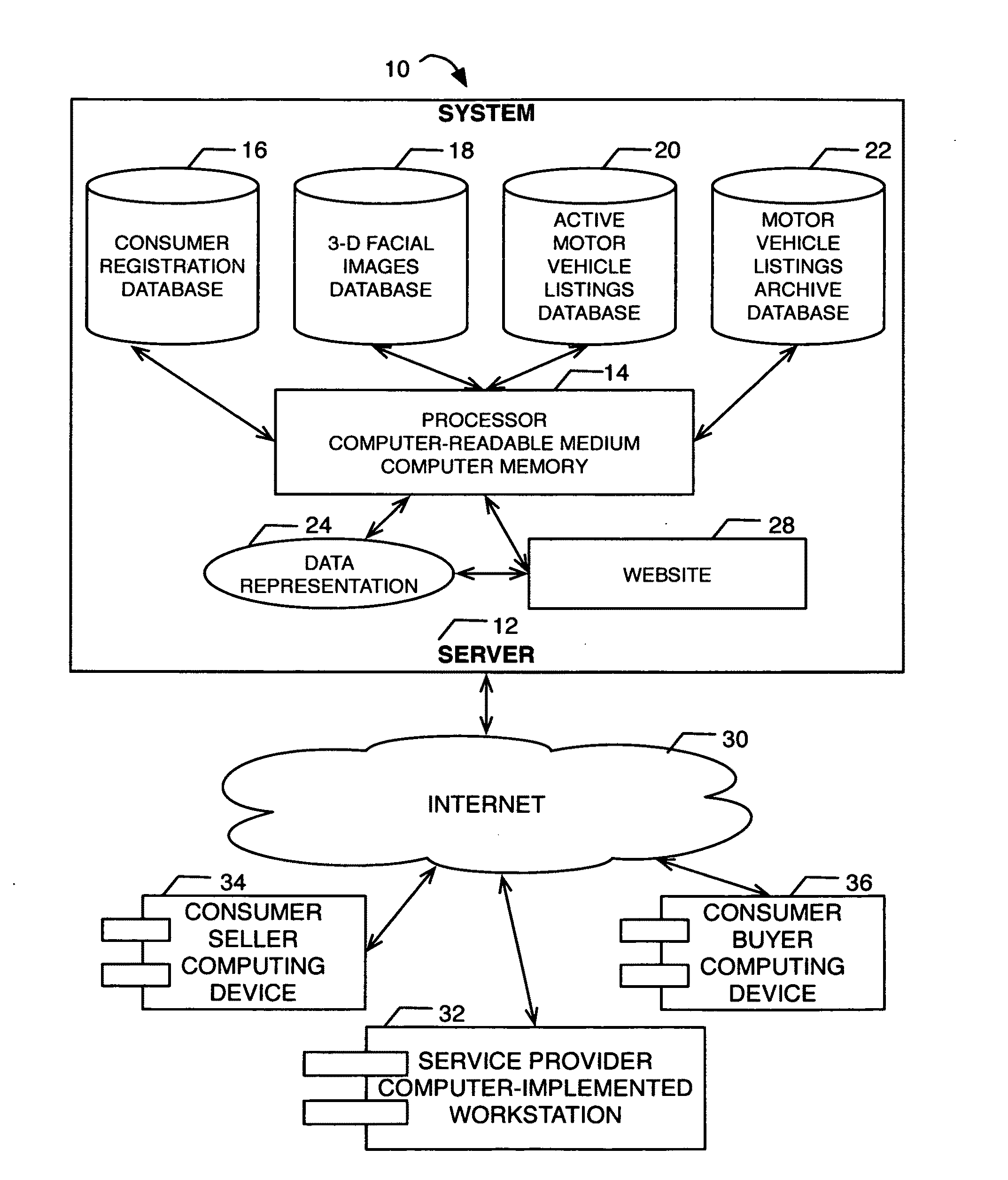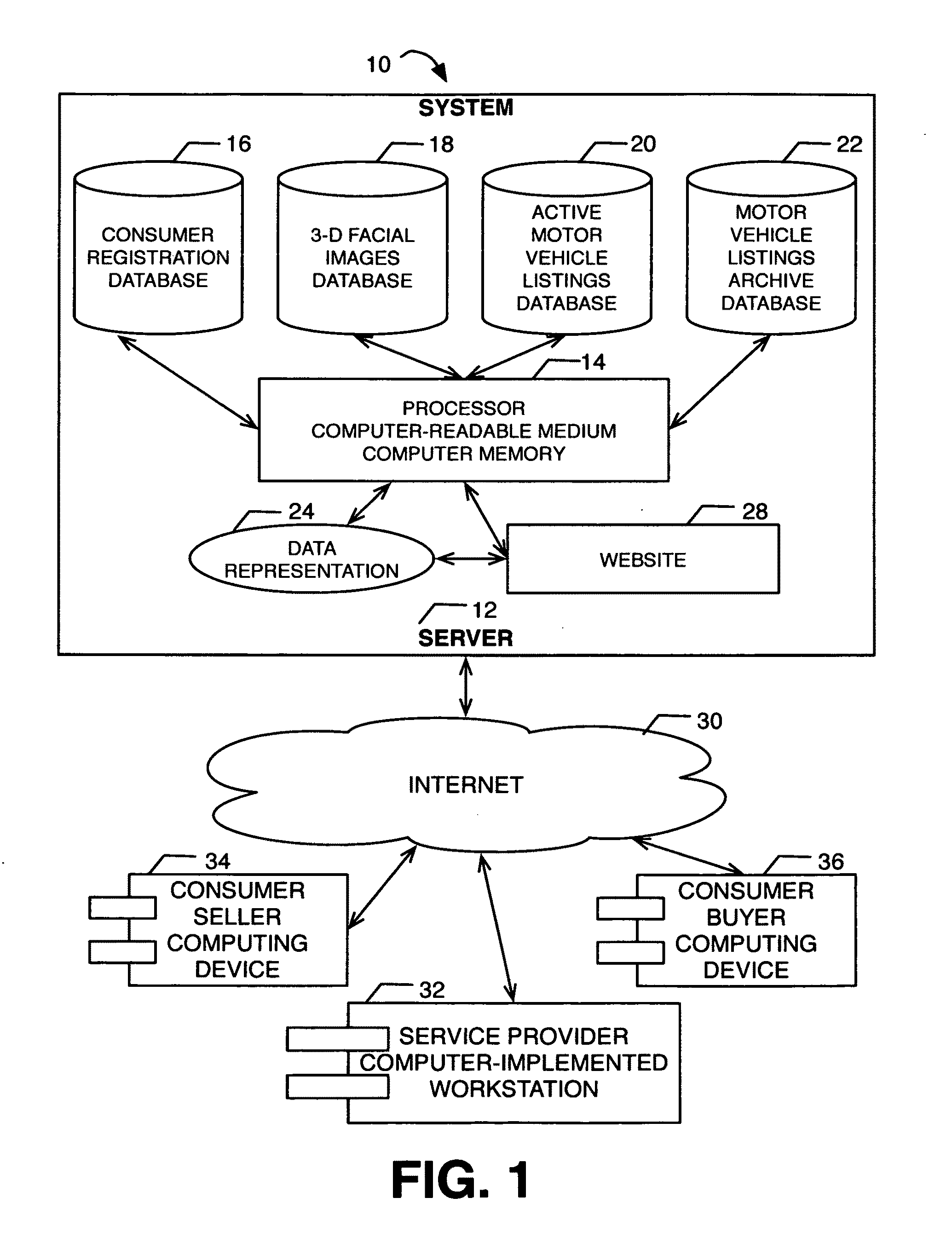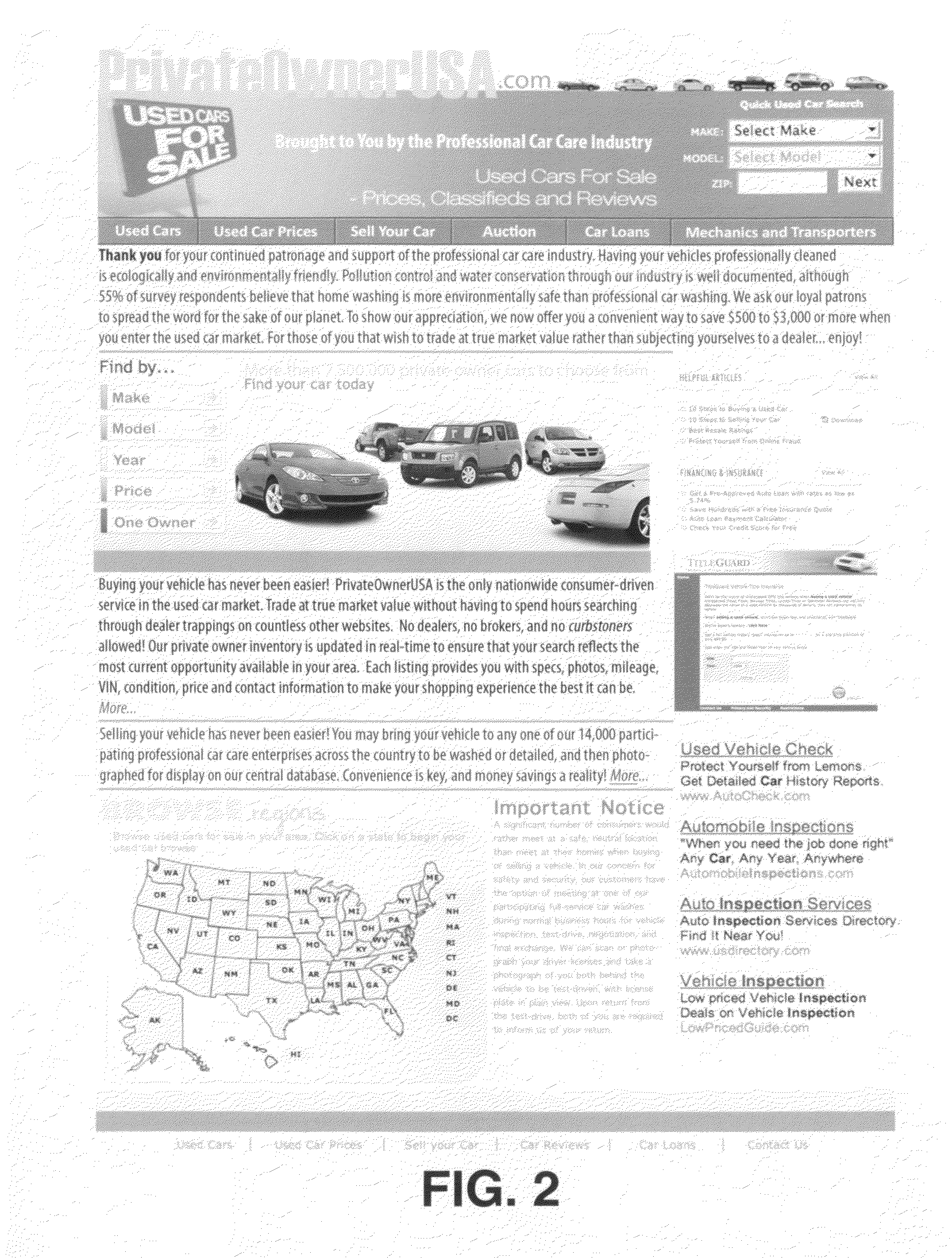The used car market is an inefficient, fragmented market.
Dealers are perceived as swindlers, and the cars as lemons, with no possible way to avoid being ripped off.
A trade-in may subject the
consumer to an even greater loss.
Moreover, car buyers who trade in their old vehicles and count on the dealer to retire their outstanding loans occasionally discover later that the dealer has done no such thing.
And woe to those who unwittingly buy a used car with an unpaid loan lurking in its history.
They might just lose it to the repo man.
Many dealerships prey on the unprepared.
But with limited alternatives, consumers have continued to solicit such services.
Critics complain that it's a marketing ploy, a sleight-of-hand trick that gets the
consumer to pay for a useless piece of paper.
Certified used-car programs are coming under increasing
attack from consumer advocates and lawmakers.
They are often too expensive and offer too little protection.
The problem lies not with Carfax and its progeny but with the willful or otherwise failure of insurance companies and the states' Department of Motor Vehicles (DMV) to report and document motor vehicles with a tainted history.
Moreover, once vehicle damage is documented on a title, subsequent removal of such disclosure defeats the purpose.
A
Consumer Reports® six-month investigation found that there's no way for consumers to know for sure the history of a used vehicle and, overall, 30 percent of vehicles that had been totaled after a
fatal accident and then put back on the road with a title that disclosed the damage had that disclosure subsequently removed.
Dealers, whether willingly or unknowingly, accept such motor vehicles onto their lots with the Carfax-clean seal of approval, making illegitimate profits at the expense and safety of the consumer.
The problem is rampant.
Several inferior characteristics exist in the utility of this method in common with other methods comprehensively described and fully addressed below.
The most apparent drawback to such a method may be the limited amount of
exposure the motor vehicle ultimately receives.
This may result in a limited and belated response (if any).
While a seller may employ this method to avoid associated costs and expenses of placing a motor vehicle on the market by
alternative methods, the limited
exposure and dilatory response may ultimately have a contrarily profound effect upon the final sale price.
The used car marketing process can be a long and complicated one when utilizing
print media.
The initial ad placement process is inconvenient, at best, consuming a substantial amount of time.
The inconvenience is compounded by the traditional amount of time that must be normally invested by consumers while searching for a motor vehicle of interest, and making initial contact as well as the subsequent making of time-and-location arrangements for inspection, negotiation, and the final exchange.
Online campaigns are stealing ad share from newspapers.
In the case of Auto Trader®
Magazine, although all advertisement space is sold at a premium, the pictures (with the exception of the
front cover) are of such
poor quality that they serve no legitimate purpose other than to help identify the make and model of motor vehicle advertised for sale.
Regardless of choice, the consumer can expect to experience the inconvenience of awaiting the arrival of a photographer at the consumer's location of choice or loss of time during a, sometime, tumultuous search while driving to an unbranded Photo Express Center (no Auto Trader® signage) sparsely established in local areas, such as oil change / quick lube shops, motor vehicle aftermarket parts stores, car washes, and print shops, to name a few.
The inconvenience is compounded by the traditional amount of time that must be normally invested when utilizing
print media, as mentioned in the prior example of placement of an advertisement in a classified section of a newspaper.
Moreover, in the event the motor vehicle has been sold, the seller usually becomes the recipient of late inquiries from consumers due to the nature of dated listings inherent in print media.
This may amount to
lost time for buyers searching through dealer trappings for the minority listings of privately owned motor vehicles, a substantial number of which may be dated, as addressed above.
In particular, sellers who live alone, or who feel vulnerable in some way, may be unwilling to open up their garages, and perhaps their homes, to strangers shopping for used cars.
This may leave the proverbial meeting ground out in the street where bad things can happen.
Women may be particularly vulnerable who act alone or have a say in roughly 80 percent of all vehicle purchases.
But in doing so, the consumer must accept a considerable risk in becoming a victim of fraud.
Dennis
Berry, former president and CEO of Manheim Auctions, Inc., believes that his company has the best model. Mr.
Berry was correct in stating that “
physical infrastructure is integral to the process of buying and selling used cars,” thus, “[a] pure dotcom with no
physical infrastructure or preexisting relationships—is naïve.” And it appears that the world-wide web does not remove the tedious and tension-filled give and take traditionally demanded to strike a good deal.
But the Manheim Auctions, Inc., model may still miss the point.
It appears that the model may be flawed by incorporation of the dealer. Mr.
Berry stated, “A lot of dotcoms say, ‘We're going to bypass dealers.
The fact that the cost of information and communication continues to decline appears to have increased market transparency on some level, and speed of reaction reaches hitherto unknown dimensions.
But, while any electronic commerce venture may bring a number of key success factors into play, problems can still arise.
Thus far, the professional car care industry has been unable to develop a meaningful, far-reaching method to promote its ecological and environmental benefits to the public, at large, even though concern about the environment encourages buying products and services that are ecologically friendly and reduce
pollution.
 Login to View More
Login to View More  Login to View More
Login to View More 


